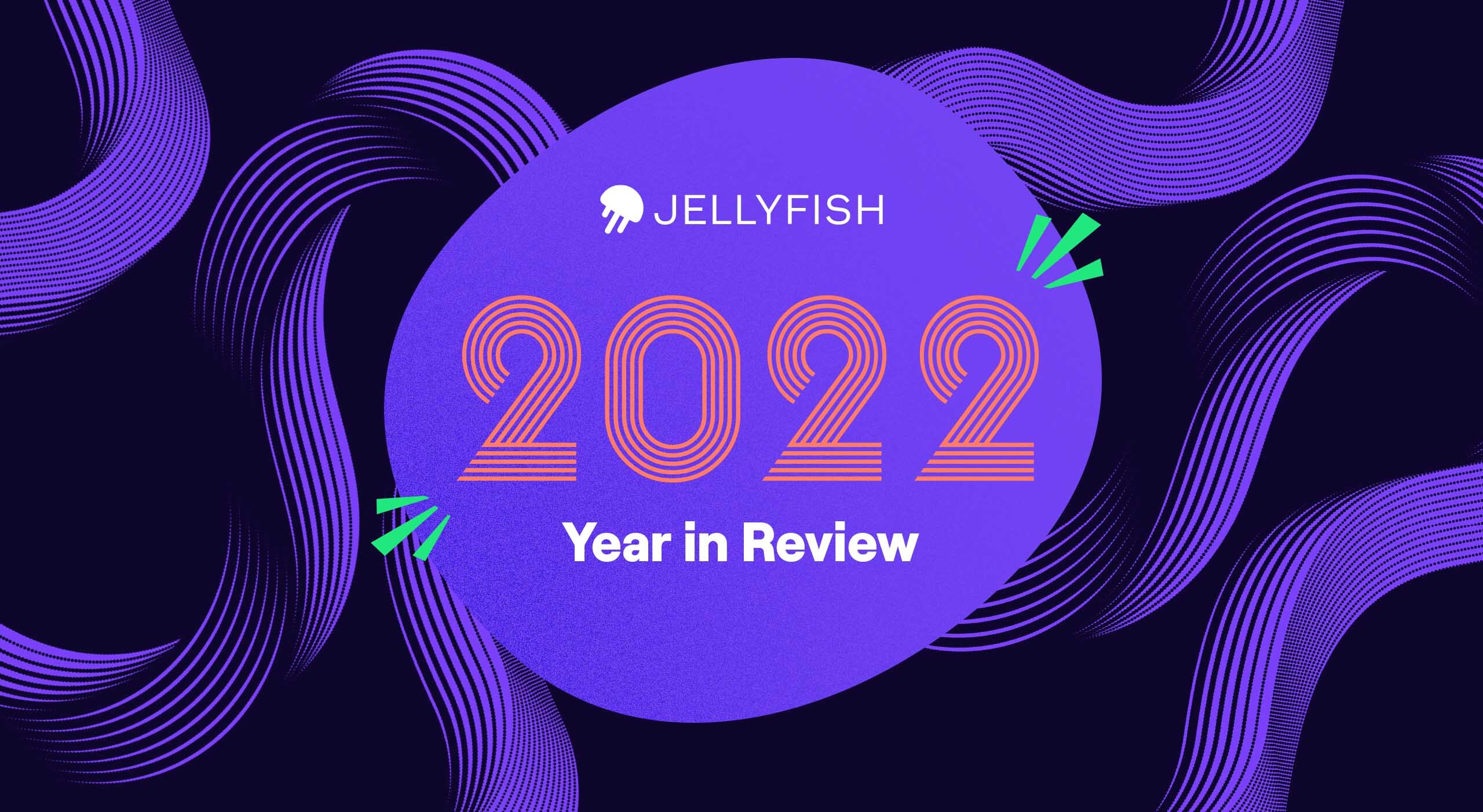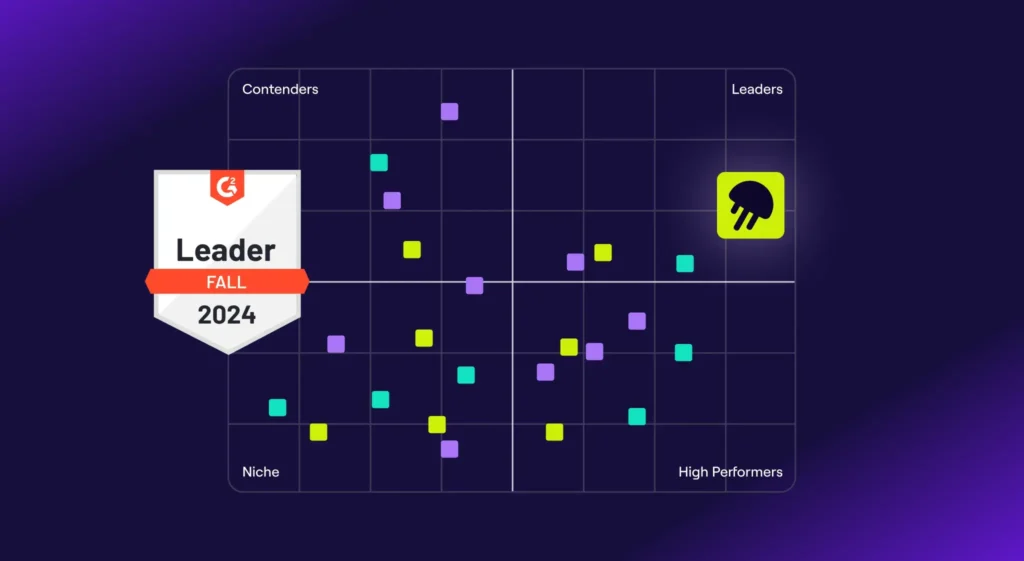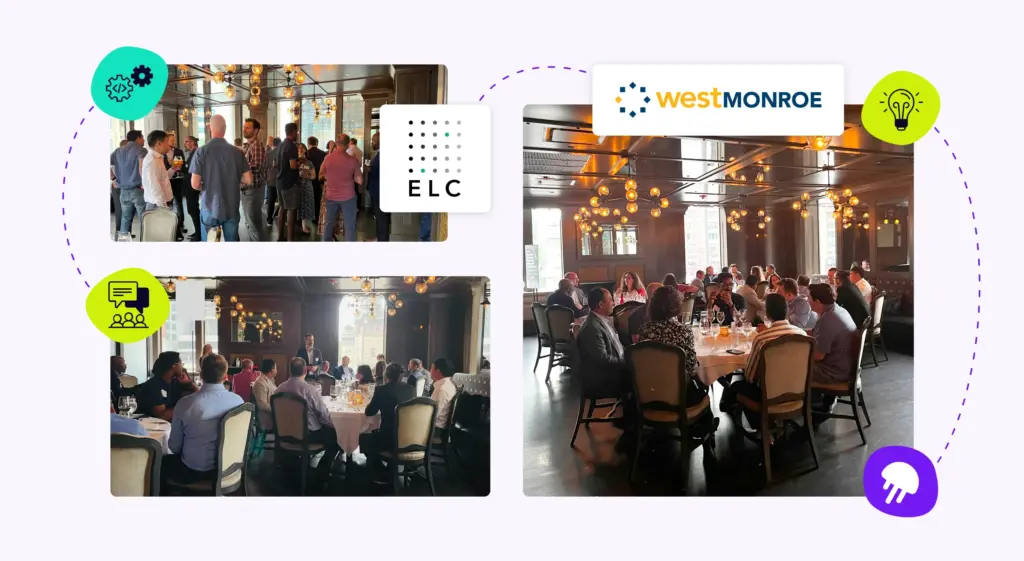As we near the end of the calendar year, we’ve been reflecting on what we realize has been a difficult year for many. This is our second year of writing a “Year in Review,” and this will be very different from last year’s post. The reality is that many teams have suffered hardships in the face of an economic downturn. Heading into 2022 our community was optimistic; many of us were in growth mode following the global pandemic. But if your company faced challenges this past year, know that your team was not alone.
Before we look ahead to 2023, we’d like to re-examine the challenges leaders faced this year and see what lessons we can distill from them. How did we go from a hopeful outlook at the end of 2021 to where we are today? Do we expect certain trends to continue into 2023? And should we be cautiously optimistic for a turnaround heading into 2023? Let’s dive in.
Adapting to an uncertain economic climate
About midway through the year, many companies were adjusting their strategies as the dynamics of the economic environment changed. Market outlooks were looking less hopeful; interest rates trended upward while inflation soared to levels not seen in years. Tech stocks took a hit, and investors became much more hesitant than they had been in late 2022.
How did this impact engineering teams? It meant that teams had to make difficult trade-offs as to where they would focus their attention. Could they continue to hire the additional headcount that leadership had advocated for? Would they need to freeze hiring? Unfortunately, many teams lost valuable developers and team members to headcount reductions. Not only did teams need to re-prioritize based on new business needs, but also based on remaining skillset and team members.
Looking ahead, it could still be until halfway through 2023 or later until we see the full ramification of the decisions leaders have made in the last few months. From our conversations, we hear that most leaders are re-examining what initiatives they will support with limited resources. Projects are being positioned against business objectives, and we’re seeing that engineering teams are opting to double down on driving value to their current customer base (as opposed to work dedicated to new target customers/segments). As John Riewarts, Senior Vice President of Engineering at Acoustic discussed during his Illuminate interview, companies that are good at ruthlessly prioritizing work when times are good have established the necessary habits for when times are bad.
Engineering ops, team health, and benchmarks
With resources limited, many leaders are shifting attention to operational efficiency and maximizing the return on their engineering investments. Teams took a holistic approach and turned to data-driven insights to provide additional context regarding team processes, code quality, collaboration, and velocity, among other categories. Benchmarks exist across various engineering metric categories, and they’re helping leaders interpret their team’s progress in the context of a bigger picture. Leaders now have more data readily available to answer how their team’s performance compares to others and why it differs.
We’ve also observed that leaders are prioritizing team health and that they see it as a key component of high-performing teams. The SPACE Framework, the most recently published research from the DORA team, is being adopted by more teams. This framework addresses the importance of engineer satisfaction towards achieving business outcomes. This trend confirms that teams are taking a holistic yet practical approach to engineering metrics. And we expect this thirst for a holistic approach to metrics, inclusive of team health dynamics, to continue well into 2023.
The importance of DevFinOps in 2022
With budgets under tighter scrutiny, more technical leaders are partnering with their finance teams and embracing R&D Cost Capitalization and other financial strategies to benefit their companies. The intersection between Engineering, Operations, and Finance has been aptly coined, DevFinOps, and its principles have gained popularity throughout the year.
We released Jellyfish DevFinOps earlier this year for this very reason. We want to make applying the concepts of DevFinOps smoother for everyone involved. With R&D Cost Capitalization now handled within an Engineering Management Platform, the process becomes highly streamlined, with no data collation required by engineers. It’s also highly accurate and defensible for financial audit purposes. Right now, teams see cost capitalization as a valuable tool to help teams increase period profitability as well as leverage tax incentives, but it’s also a best practice that can be applied next year, regardless of the economic climate.
Final Thoughts on 2022
This year has not been without its challenges, and I speak for all of us here at Jellyfish when I say that we are incredibly grateful to the customers who stuck by us and the leaders who continue to champion a better future for our engineering teams. We will move forward as a community and lead our companies to a brighter future. We will apply the lessons of 2022 to prepare our teams for what lies ahead in 2023. Here’s to putting 2022 behind us, and turning the corner in 2023.







